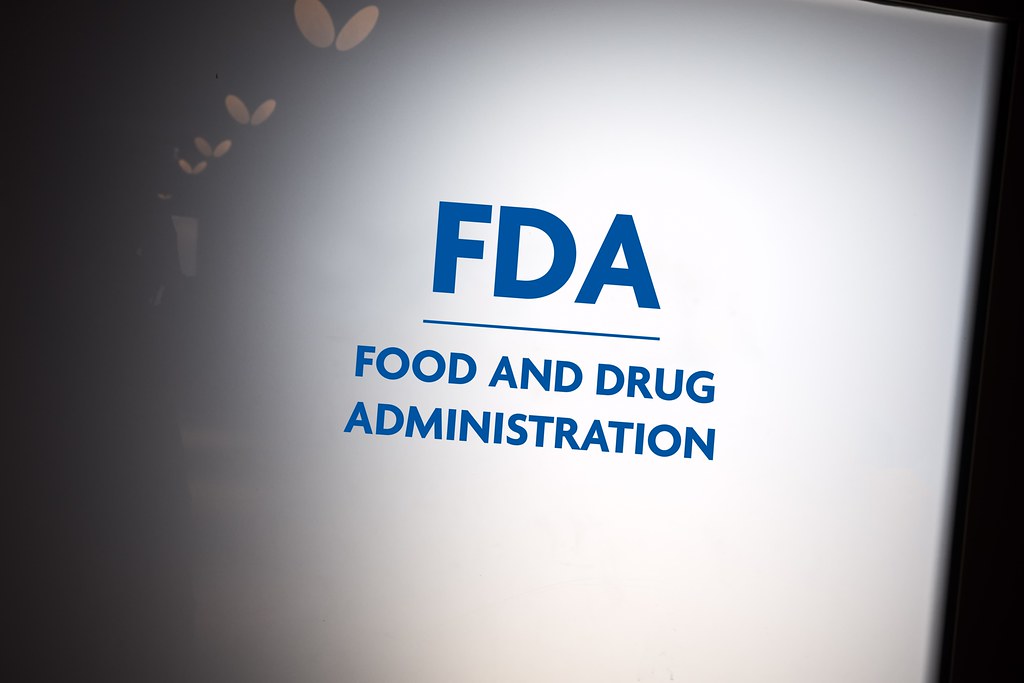Across the federal government, we continue to see how staffing issues are preventing agencies from fulfilling their mandate, at the expense of the public and to the benefit of corporate wrongdoers. Starting with the Food and Drug Administration (FDA), here are 4 agencies that desperately need more funding and staffing to protect and do right by the American people.
The Food and Drug Administration (FDA)
The FDA’s inspection workforce has had staffing issues since 2018; Its clinical research inspector workforce declined by 20% between FY 2018-2022.
In addition to staffing issues, there are less authorized positions due to insufficient funding and salary costs.
Despite hiring progress in FY 2023, total staffing levels remain below 2018 levels and attrition remains around 13%. Even with new hires, it can take years to train employees for inspections.
Understaffing at the FDA means far fewer inspections of pharmaceutical companies conducting clinical research, which an auditor warned is leading to less informed approvals for drugs Americans consume everyday.
To prevent delays in collecting user fees, its main source of funding, the FDA prioritizes pending pharmaceutical companies’ over conducting random inspections or launching investigations when issues are flagged to the agency.
Additionally, FDA employees’ calls for regulatory action to be taken when pharmaceutical companies were out of compliance are being ignored and downgraded 60% of the time, because it required capacity the agency didn’t have.
The Federal Emergency Management Agency (FEMA)
The Federal Emergency Management Agency (FEMA), housed within the Department Of Homeland Security, coordinates emergency response and disaster relief among federal agencies and state and local governments. As extreme weather wreaks havoc on people’s lives, FEMA’s ability to function is more important than ever.
According to the US Government Accountability Office, FEMA’s disaster workforce is 6,270 people short of their goal of 17,670 employees.
Despite staffing shortages, FEMA has recently responded to wildfires, natural disaster sites, pandemic assistance, the U.S.-Mexico border, and helped with the resettling of Afghan evacuees.
Operating at 65% capacity and with difficulties recruiting workers, FEMA staff is increasingly burnt out (especially post-COVID), struggling with ongoing projects dating back to Hurricane Katrina. New hires are sent out with insufficient training and some employees are working 12-hours days for one month straight.
An overworked and under-resourced FEMA cannot be expected to adequately service the public, leaving people at the whim of climate disasters fuelled by corporate greed.
The Environmental Protection Agency (EPA)
Moving on to the Environmental Protection Agency (EPA), according to its inspector general, the agency’s grants administration and oversight workforce had seen “high turnover and heavy workload” and was “already overworked”.
In his fiscal 2024 budget, Biden asked for a 19% increase in EPA funding, claiming 2,400 employees were needed to offset staffing reductions under the previous administration that ‘continue to undermine the agency’s ability to carry out its mission’.
Due to recent congressional budget cuts, the EPA may have to pause hiring, halt planned improvements to speed and enhance new chemical reviews, and continue using archaic software.
The EPA simply does not have enough funding and employees to help the public live longer and healthier lives.
The Internal Revenue Service (IRS)
Lastly, the Internal Revenue Service (IRS) is currently expanding its hiring efforts however, without additional funding, those efforts may fail to sufficiently help the agency fulfill its mandate.
The IRS has onboarded a higher-than-normal level of employees and tested a new process to onboard its hires. The agency seeks to upscale its orientation program with the goal of enhancing the first-week experience”.
IRS Commissioner Werfel estimated the IRS workforce would peak at 102,500 full-time equivalents in fiscal 2029. A 90,000 increase from current workforce levels however, still below the agency’s workforce peaks in the 1980s and 1990s.
Despite promising onboarding initiatives, the agency’s new peak would still be below the workforce levels it had decades ago. Worse yet, the current hiring surge could end as soon as 2026 without additional funding.
Earlier this year, Commissioner Werfel said the IRS needs to “boost its workforce to over 100,000 people over the next three years to achieve its modernization, service and enforcement goals […].”
Commissioner Werfel warned that without more funding, starting in fiscal 2026 the IRS would no longer be able to maintain its boosted workforce, deploy the new technology, or maintain higher level customer service.
The IRS needs more funding fast to be able to serve taxpayers and responsibly enforce the complex tax law.
Image credit: “Food and Drug Administration” by focal5 is licensed under CC BY-NC 2.0.

